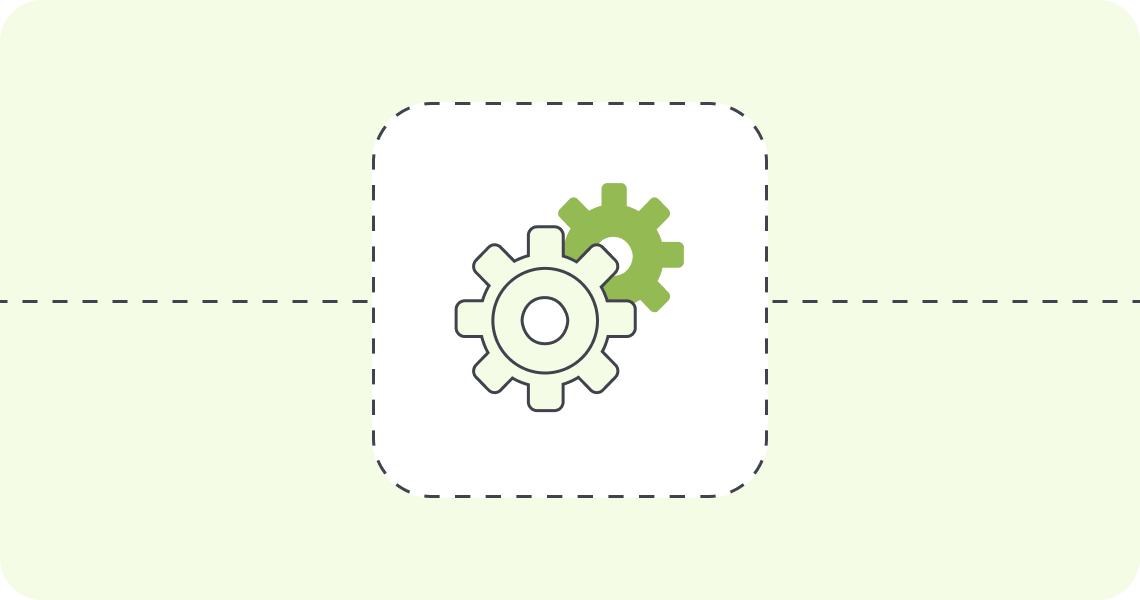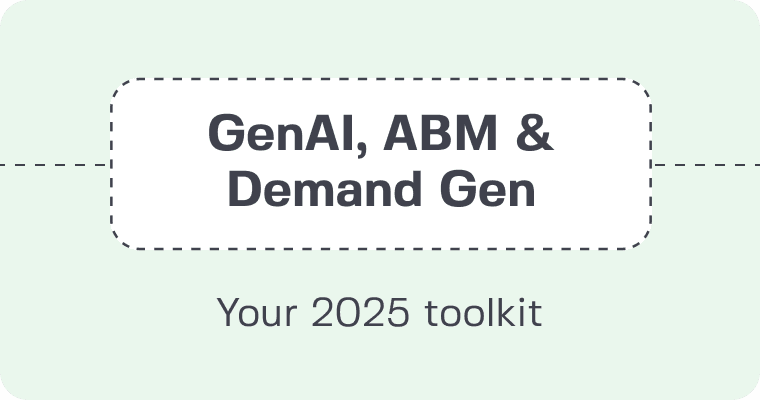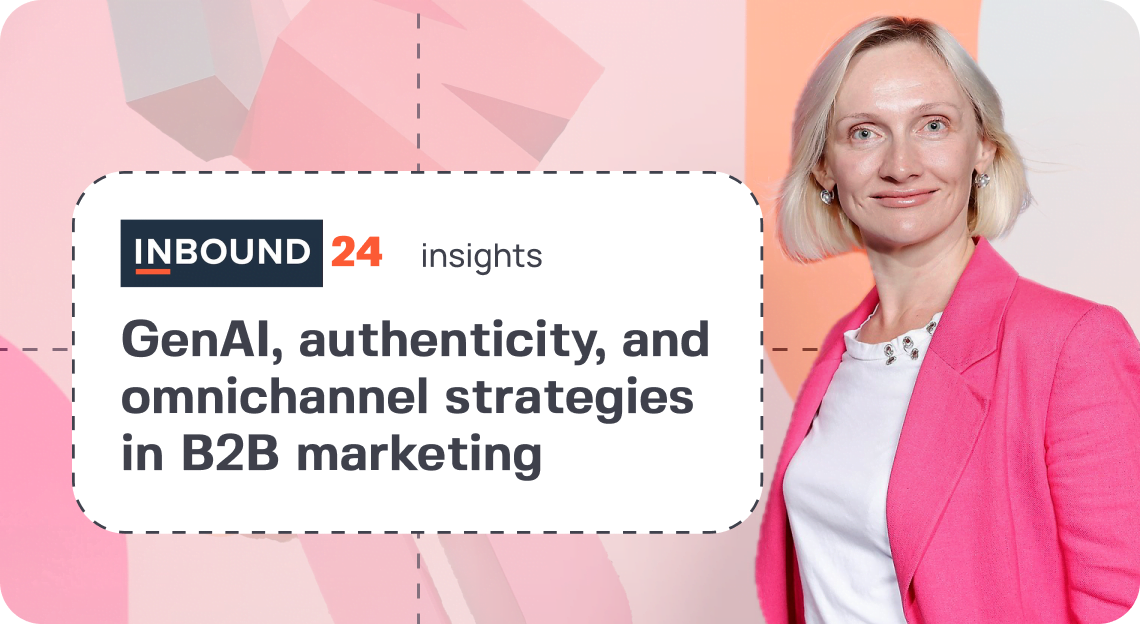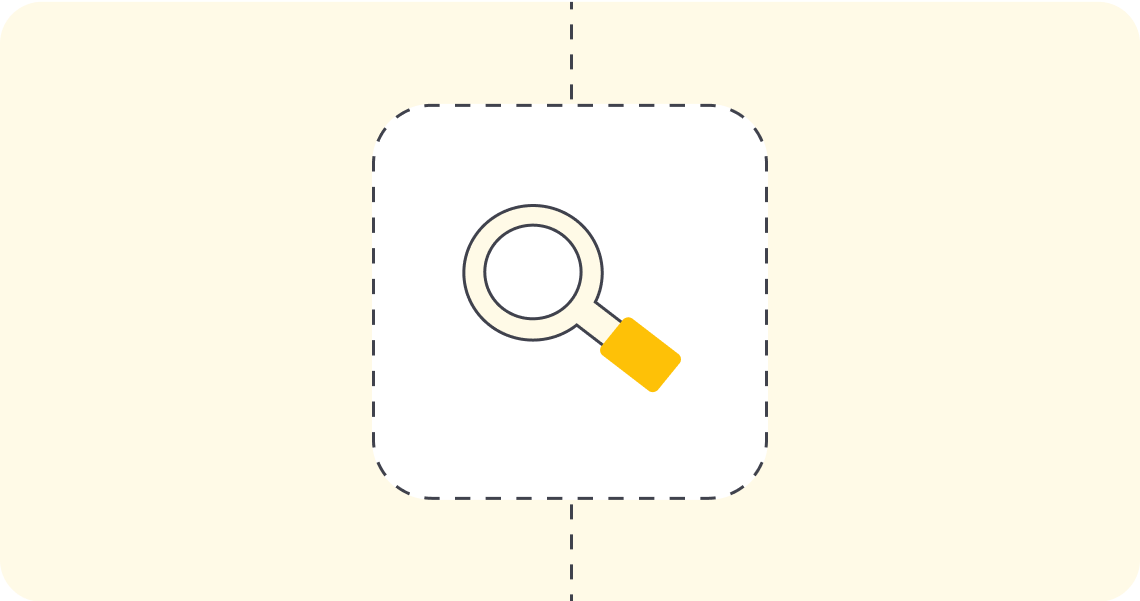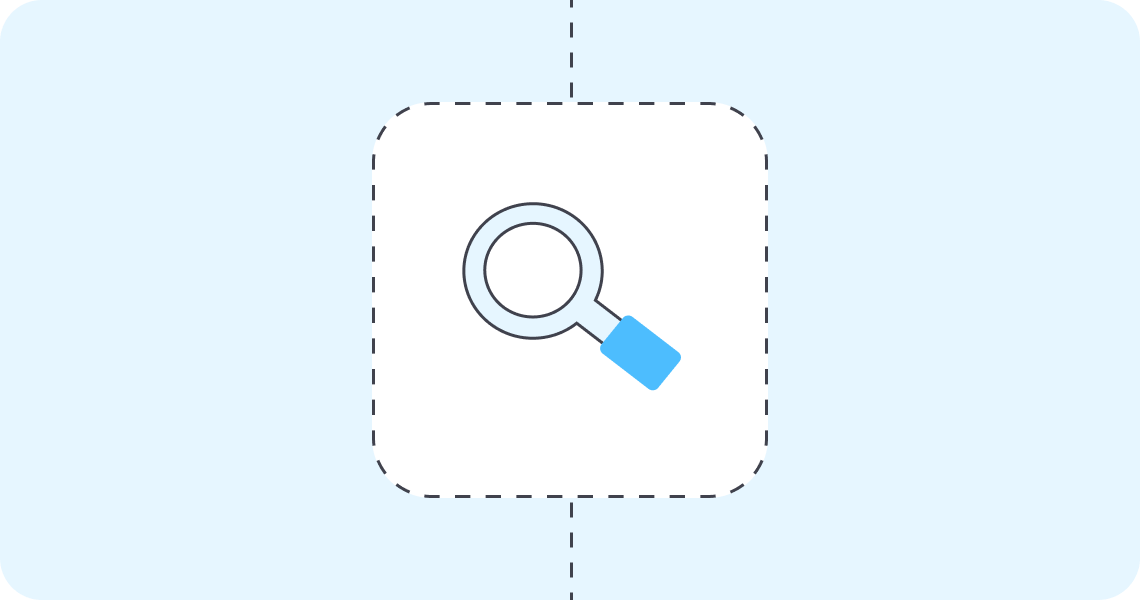2022 has brought a lot of turbulence – with the Russia-Ukraine war, rising inflation rates, and global food and energy shortages, the economic downfall is apparent to B2B business owners and executives. When the recession comes, B2B companies tend to cut their marketing budget, thinking such activities do not bring immediate revenue – which can be a huge mistake. So is it possible to get value from marketing activities during a recession? Yes! Read to find out how.
Are we entering a recession?
The U.S. officials have not proclaimed the recessions yet – officially, the country is on a pre-recession path right now. While inflation rates keep rising worldwide, consumer spending in the U.S. is actually increasing. The labor market is also red-hot, with two positions open for every one unemployed person, though the stock market remains volatile, having fallen almost 17% this year.
It’s a confusing economic picture, but a decided market downturn is coming into sharper focus. Marketers would be well-advised to prepare in advance — ideally, six months out. That’s especially true in the B2B, where buying cycles are typically longer, and incorporating new tools and processes can take time. It is crucial to start crafting a strategy to protect your brand and revenue during an economic downfall. If you plan to begin slashing budgets and pulling ads, let’s try to understand the recession better.
What is happening with marketing during a recession?
A temporary economic decline, in other words, recession, makes consumers and businesses reduce spending by setting stricter priorities. As consumers spend less money and sales drop, businesses typically reduce prices, cut costs and postpone new investments until the brighter times.
So, what can we expect to happen to the market in these times, based on the experience of past pandemics and recessions:
- More difficult to identify and target the right audience
- Less sales-qualified leads entering your B2B pipeline
- Longer B2B sales cycles
- Increase in the advertising budgets spent
- More pressing need to demonstrate marketing ROI
- The account-based marketing approach is becoming the most effective activity
Harvard Business Review (HBR) studied over 5,000 companies across the last four business cycles and identified that companies that act early take a long-term perspective, and don’t give up on growth initiatives were able to drive continued growth despite challenging economic conditions.
Although it’s wise to contain costs, failing to support brands or examine core customers’ changing needs can jeopardize performance over the long term. Companies that put customer needs under the microscope, reassess their marketing budgets and adjust strategies, tactics, and product offerings in response to shifting demand are more likely than others to flourish both during and after a recession.
What can past recessions teach us?
So we’ve established that while the marketing and sales cycles will change, there are a lot of opportunities for B2B companies to actually benefit from the bear market. Let’s look at the examples of companies that made recession work for them.
During the Great Depression of the 1930s, Kellog, an American multinational food manufacturer, was fighting for market share with its largest competitor Post. Post cut all of its marketing efforts when the recession came, and Kellog decided to double its advertising budget. As a result, they won the market, and Kellof remains the industry leader to this day.
During the recession of the 1970s, Toyota increased its advertising budget while its main competitor Honda pulled back. Toyota became and still holds the position of the number one foreign imported vehicle in the U.S.
During the recession of 2008, brands decreased their advertising and marketing budgets by 5-27 percent. On the other hand, Amazon offered an alternative to consumers looking to save money, launching their Kindle device and promoting the cost-efficiency of reading ebooks. By 2009, they’d increased sales by 28 percent.
Covid-19 pandemic is a recession that looked different from the previous ones with growing spending on digital marketing. It re-established once again that sales-related marketing activities in B2B can bring growth even during a recession.
And there are hundreds of such examples! Studies show that brands that continued or increased their advertising and marketing budgets see colossal growth and increased market share over brands that decreased their marketing.
8 strategies to rethink B2B SaaS marketing during the recession in 2024
Let’s say we’ve convinced you to see the upcoming recession as an opportunity, and you are willing to optimize your marketing spend rather than cutting it. Follow these strategies to make sure you really get value from this decision.
1. Review metrics for all marketing activities
Before you cut or relocate any part of your budget, make sure these decisions are data-driven. Keep a sharp focus on real-time data. Sales-related metrics should always be in your focus. Remember that ROI is king, so stick to the campaigns that show it.
2. Relocate budget with 70 – 20 – 10 framework
Relocate your marketing spending to best-performing channels rather than cutting it all. Since you are inevitably sales-focused during economic downfall, marketing that supports sales should be prioritized and take 70% of your efforts and budget. Focus on long-term investments in brand & pr, but keep its share up to 20% to ensure you have enough awareness and trust triggers to convert your visitors. Then,10% of your efforts should address new audiences and channels. Try 1 experiment in 1-2 months, no more, to expand your market and address more recession-proofed customer segments.
3. Dig deeper into your buyer personas.
A recession is a turbulent time for everyone, so you should aim to understand how your T.A. will be impacted by it and how they will most likely react. This will help you market your product more effectively – you will know exactly what to give them and how to prove your value. If you want to attract a new audience, focus on recession-proof segments that are most likely to become your clients. Readjust your brand marketing efforts to build awareness and trust for them
4. Build relationships with existing customers.
Acquiring new customers can cost 5 to 25 times more than retaining those you already have, and the higher your retention rate, the greater your profitability is. Of course, nurturing current customers can be difficult since buyers become more price sensitive during a recession, carefully deciding the pros and cons of every investment. The results of such evaluations can be to try new brands and more cost-efficient solutions, which means you need to prove your product or service is essential to your clients.
Focus on adding value to your client’s businesses. This can be done through loyalty rewards, and payment plans can also help to make it easier for the clients to stay with you. You can also stimulate them to repeat purchases, up-sell or cross-sell across your business lines. Reward customers who recommend your business to others. Above all, reassure your customers that you are the business they should be dealing with!
5. Focus on organic SEO flow & content strategies to get the commercial demand and nurture the leads
Your competitors are likely cutting their costs, which means that your target audience will have less noise around them, making it easier for them to hear and see your message. And since people spend more time at home, they also spend more time online. That means there’s a good chance they’ll come across your content if you’re putting it out there. So if you’re looking to rank higher in SERPs, it’s time to invest in better content. Create content that educates and informs your target audience. Show them how your product or service can help them save money or improve their lives. If you can solve a problem they’re facing; they’re more likely to do business with you
6. Invest in the founder’s personal brand
The golden rule is that people trust people. Try raising awareness about your brand through the person & people behind it, which is more likely to convert than corporate pages. Use active SMM, PR, and event participation to make your founder known in the industry.
7. Cooperate with the sales team
Whether you keep current customers in the loop for longer or attract new, high-value ones, make sure you align marketing and sales efforts and focus on sales-qualified leads that have a higher chance of a conversion. Keep a balance between short-term sales and long-term brand investments by coordinating and strategically planning your activities together.
8. Align efforts with account-based marketing
ABM is an advanced strategy to attract high-value leads by aligning marketing and sales efforts to identify and appeal to your target customer. In other words, the marketing budget is focused on the accounts that sales deem the most important. Sales and marketing gather insights and craft individual messages for each account to address their specific needs. Learn how to create ABM campaigns and attract other top-of-the-funnel leads in our recent blog.
Crisis is the opportunity: how 42DM helps b2b marketing to stay ahead during the recession in 2024
During an economic downturn, the economy doesn’t come screeching to a halt. People are still people – and they will still spend money, incentivizing companies to do the same. The difficult task is to manage everything – from finding the right fit for recession-proof audience segments and strategizing an approach to effectively target them to setting up proper ABM campaigns to attract sales-qualified leads. Having a reliable expert partner would help mitigate risks and use the recession to your advantage
42DM is happy to become such a partner for you. We take full ownership of marketing activities and deliver results, mainly because we are experienced in navigating economic downturns for tech companies. Get in touch with us today to find out how we can help you!

